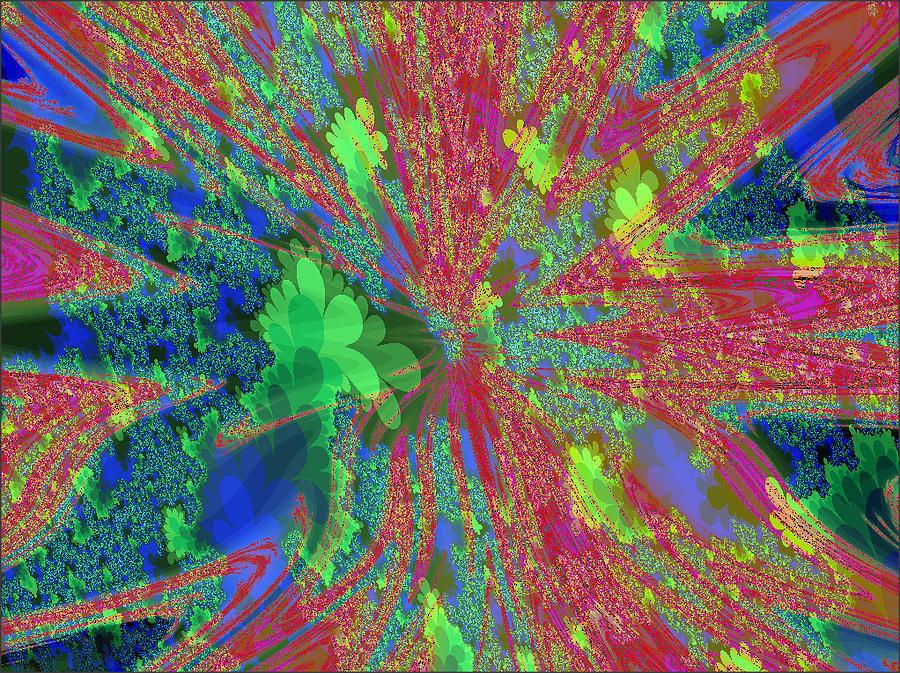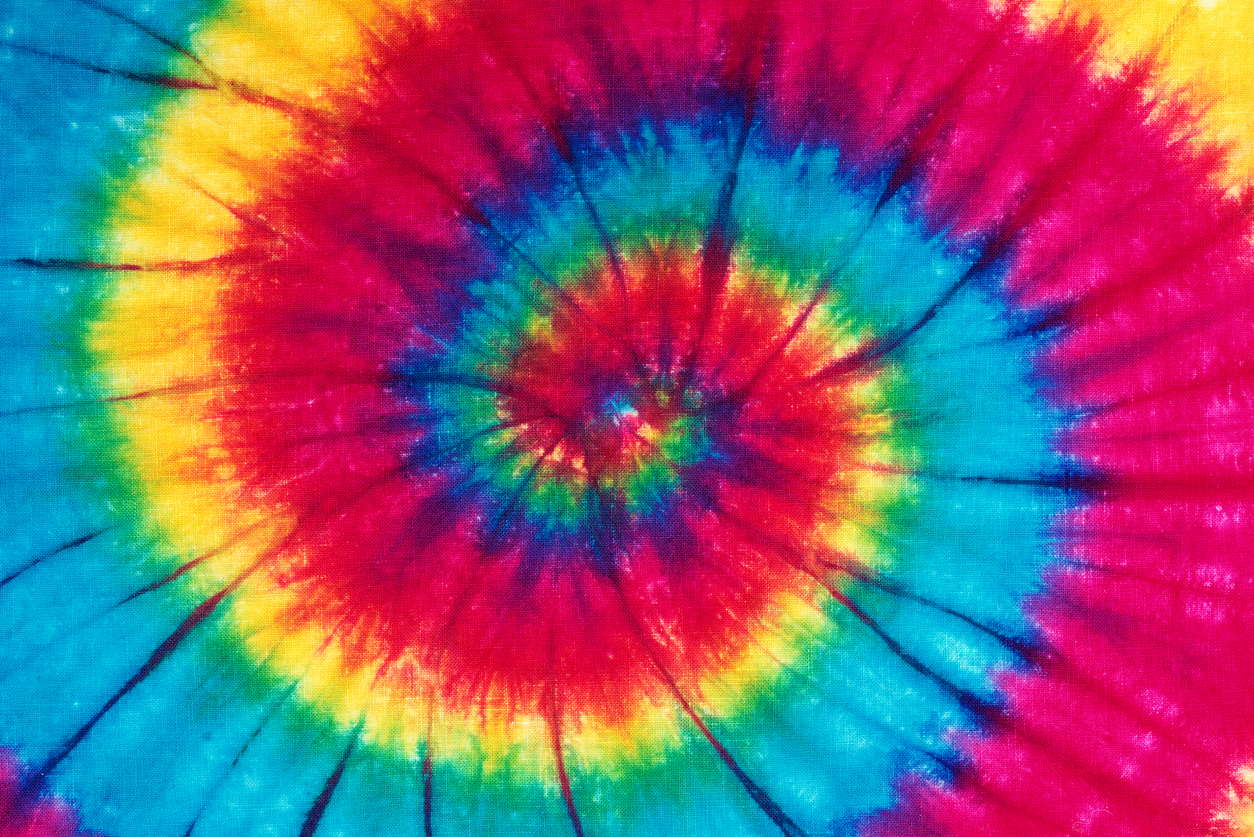

Tie dyeing emerged and became a mainstay in pop culture in the 1960s, but the art is actually much older and meaningful.
TIE DYE PATTERNS HOW TO
(Unpopular opinion: It’s also a great time to teach your kids how to use the washing machine on their own. Keep in mind, you can always use your coloring options as a chance to teach some science too. They’re going to keep those shirts or pillowcases around for as long as possible and always remember the giggle fits you had while tackling this fun project. And, honestly, the mess might be worth the fun, especially if you’re stuck in quarantine and social distancing during COVID-19. The tie dye process is proof that there is more than one way to earn a “green thumb” and let’s face it - your kiddos are “dyeing” to do it. But, just like when you tried to dye your hair purple at home, it can go wrong very quickly. Tie dyeing is so much fun and never seems to go out of style. In extreme cases a person can die from a Latex Allergy.Raise your hand if you’ve ever bought a tie dye kit with the best of intentions and then left it sitting in your laundry room for three years because you just didn’t have the emotional capacity to deal with the mess. Tie dye is thousands of years old for south Africa.ĭo you think it is responsible advising people to use Latex Gloves and not warning them about the risk of having a Latex allergy and the serious consequences that it can cause.

Thanks for a very informative article my question has been answered despite warnings of latex use. the list goes on and we can easily reach the ridiculous. I personally don't believe it should be necessary to warn people of the perils of all, unless anon18317 would have us advising of the possible side effects of soda ash, warm water, fabric. Isn't it bad enough that we live in such a litigious society already? Where does self-responsibility start? Do we no longer have to think for ourselves and use our common sense? One would imagine that someone with a Latex allergy might be aware of it and those that aren't allergic to latex (or don't know that they are) wouldn't pay much attention to such a warning anyway. I find it difficult to believe that anyone would post a reprimand for *not* advising people on the possibilities of Latex allergies. japan keeps a tie dye work that was made in Tang dynasty of China in their palace and it is nationally precious. 2000 years ago, chinese used the tie dye method. I love tie dye but i am sick of researching it because I research it every single weekend for my art project. Bandhni was practised in India way before the Chinese did theirs.ĭoes anybody know the advantages and disadvantage of tie dye? thanks. For routine care, tie dye items should be washed by themselves in cool water, although silk and other delicate fabrics can be dry cleaned as required.Ĭan you explain the history of tie dye and what people use it for?Īmericans call it Tie dye, the Japanese call it Shibori and in India it's Bandhni. The garment can be hung to dry or placed in a dryer. Once this is done, the material can be untied and washed in a washing machine on gentle with a mild detergent, warm wash water and a cool rinse.

The garment should be rinsed repeatedly until the water runs clear. When the crafter is finished dying the material, the tied article should be rinsed with warm water that is slowly cooled. If so, only the portion that was dipped needs to be rinsed.Ĭrafters should wear protective gloves to protect their skin, choosing those that fit well, such as latex surgical gloves. Depending on the desired pattern, material may only be partially dipped into a particular color. The hotter the vat and the longer the fabric stays in it, the deeper the color. The fabric is left in the dye for four to seven minutes, then rinsed thoroughly with warm water before moving on to the next color.

With the article tied, it’s ready to dip into a hot vat of dye, starting with the lightest color first.


 0 kommentar(er)
0 kommentar(er)
